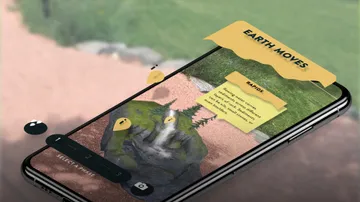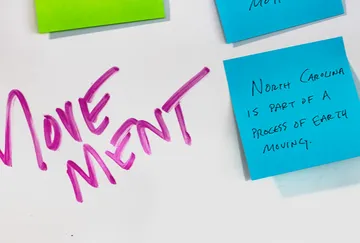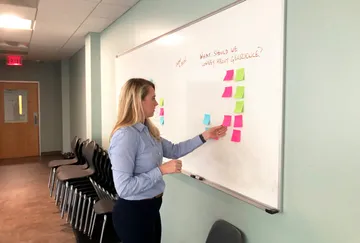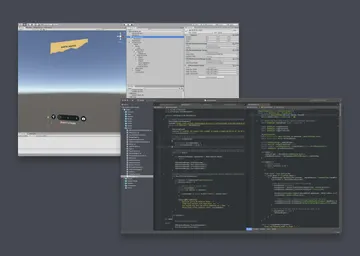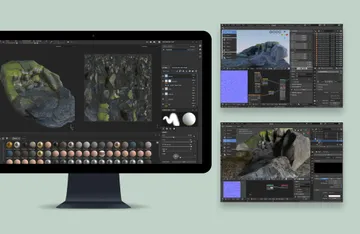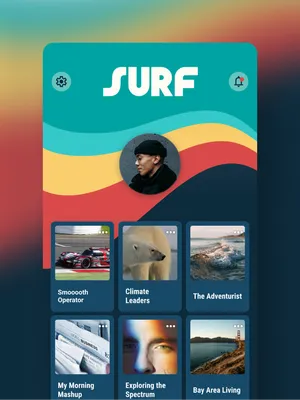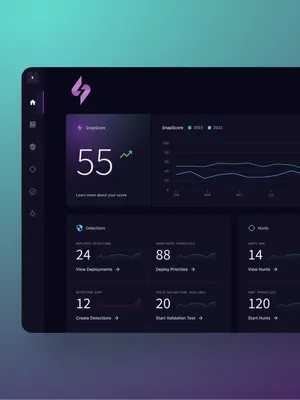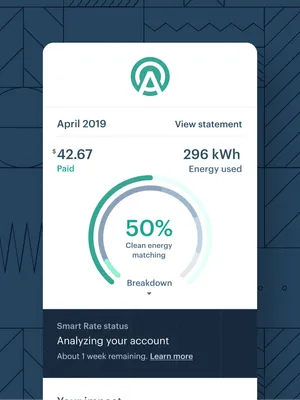-
-
Challenge
The Museum of Life and Science wanted to extend their experience into the digital world in a way that was as captivating as their exhibits are.
-
Solution
A rich, digital engagement that complemented and enhanced the museum’s exciting new exhibit, Earth Moves.
-
Results
A mobile app that leveraged the best in AR technology to capture and build on the core idea of their new exhibit, Earth Moves.
Rocking AR. When they came to us, the Durham-based Museum of Life and Science (MLS) wanted a new approach to bring their brand and experiences into the digital world. The museum didn’t want to just translate their exhibitions into a digital medium — they wanted something that would actually enhance visitors’ visits in a meaningful, innovative way. We created an augmented reality (AR) experience that allowed visitors to learn about geological processes and added a new layer of engagement and interaction to their “Earth Moves” exhibit.
Areas of Expertise
-
Initial sketch concept that allows visitors to pose with AR rocks. -
-
-
Defining the Experience
The AR app allows users to project a 3D waterfall on a horizontal surface in front of them. The app then takes them through the three phases of waterfall development. Users can interact with informational tooltips related to the formation of a waterfall and share what they learn on social media. This approach was designed to teach exhibit visitors the key concepts of geomorphology and how human behavior impacts Earth. It was designed to engage audiences in an innovative way that complements the large and small graphic panels along with the large-scale exhibit imagery.
Cross-platform Augmented Reality with UnityPrayash Thapa, Former Developer
-
This video has no audio
-
Using Unity
Because of the 3D and AR requirements, we decided to leverage Unity, a game engine and 3D content creation tool that uses the programming language C#. This decision allowed us to deploy a cross-platform native app for both iOS and Android devices.
-
-
Making it True to Life
One of our goals was to ensure that the AR waterfall was as realistic as possible. This would result in seamless transitions between interacting with the physical Earth Moves exhibit and using the app itself. To do this, we used Blender, an open source 3D modeling program. We paired this with Substance Painter — a Photoshop-like app that allowed us to hand paint realistic details like vibrant moss.
-
Summary
We brought the best in AR technology to the Museum of Life and Science. Our work allowed them to extend their experience into the digital world in a meaningful way — while also showcasing their ability to merge science and technology.
